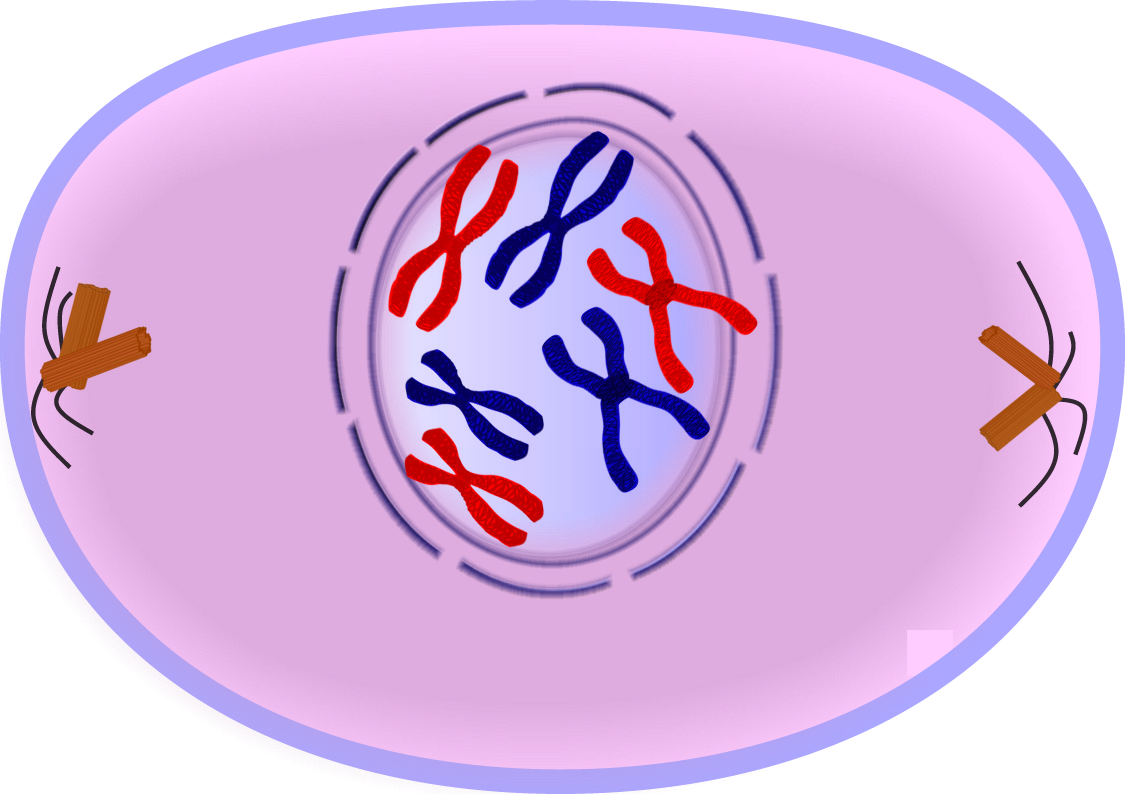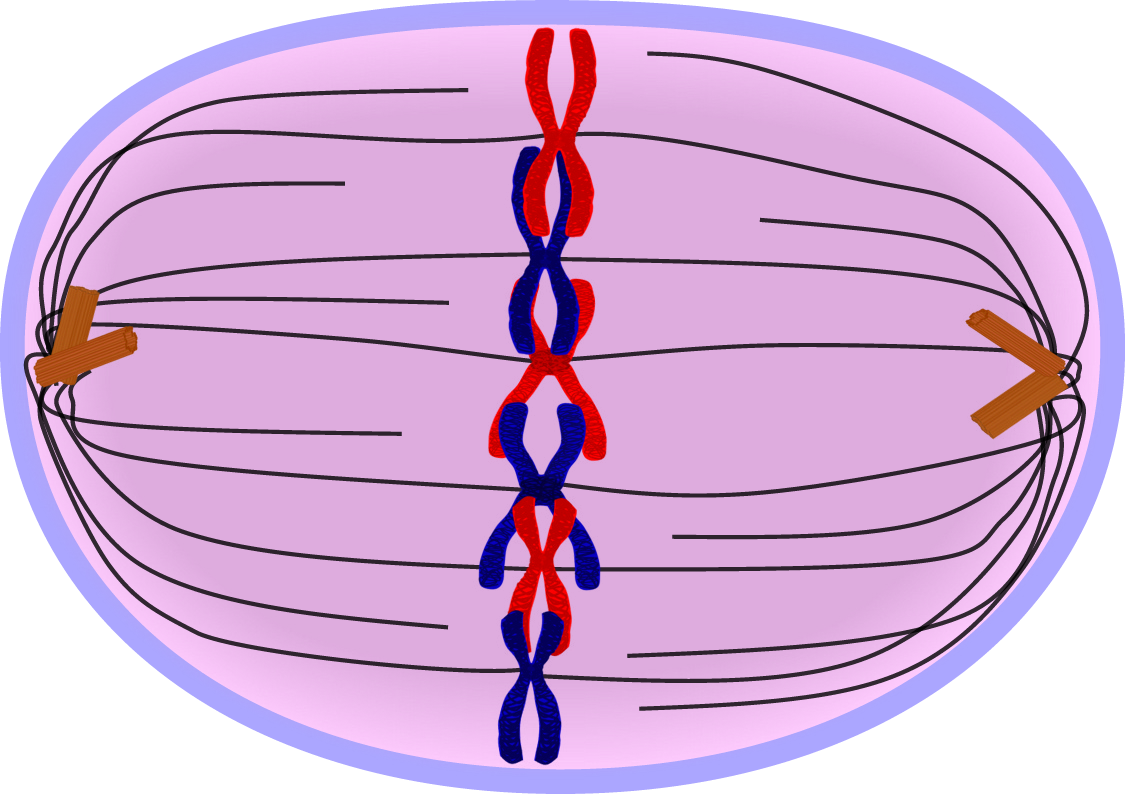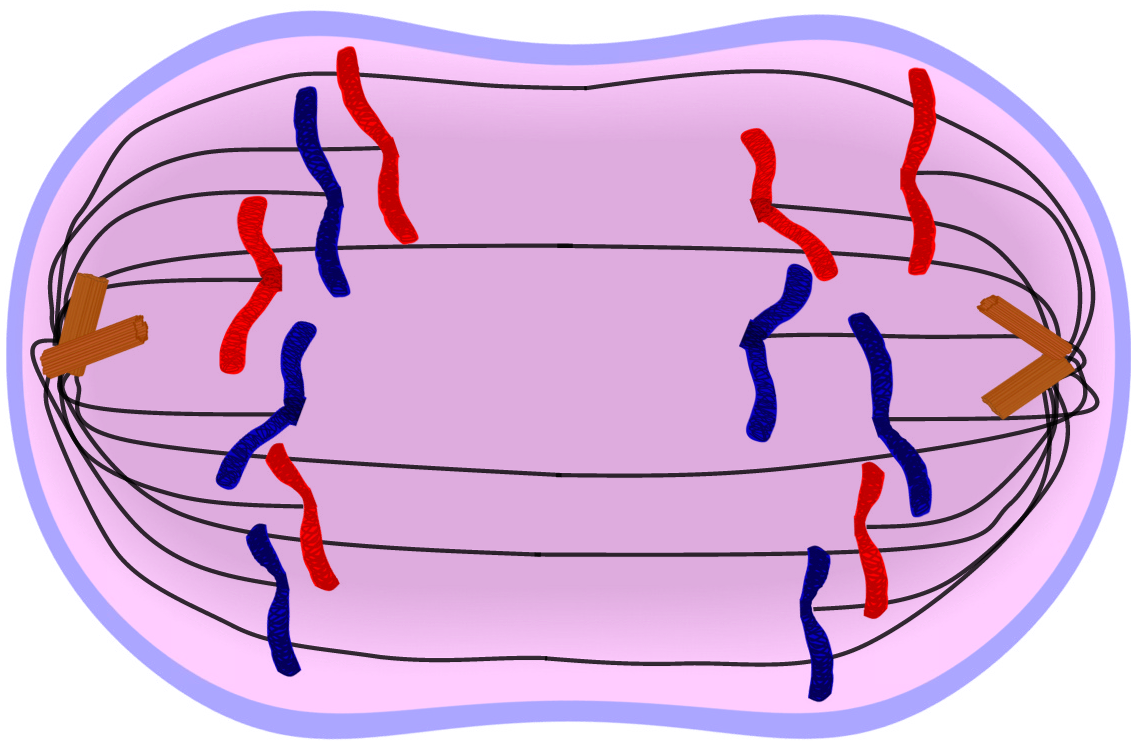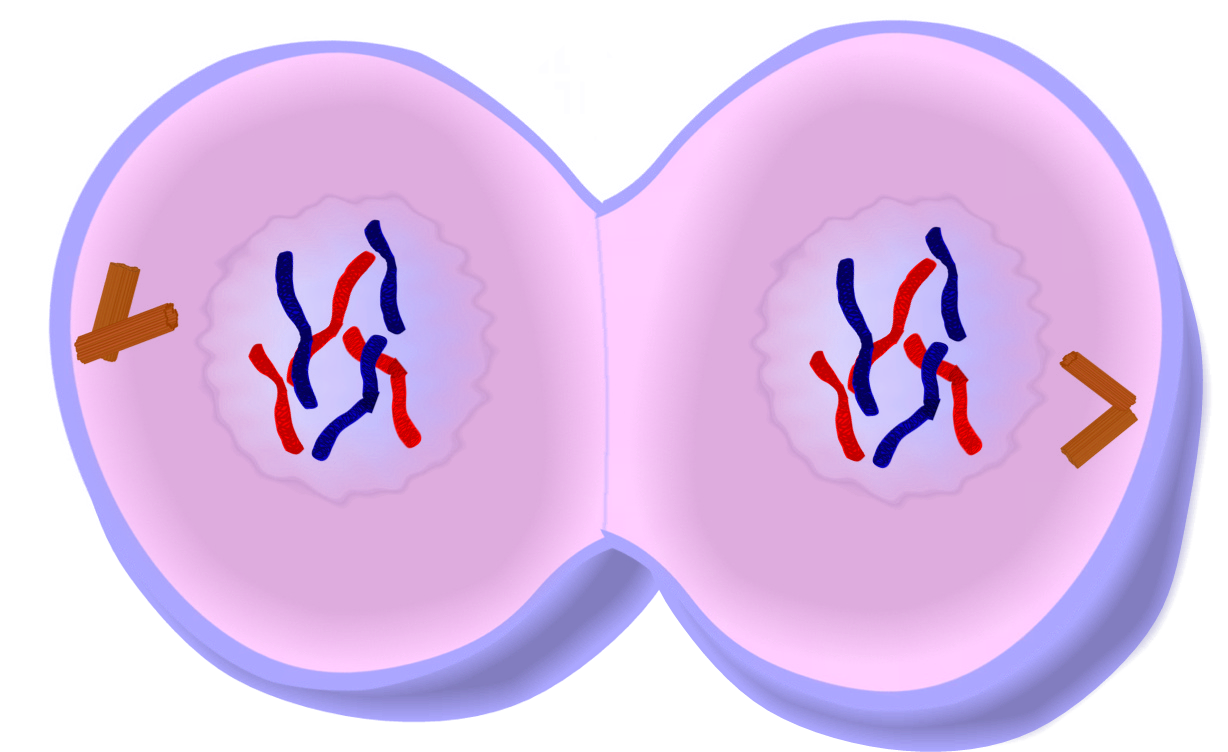DNA
Deoxyribonucleic acid is what DNA stands for. Quite a mouthful isn't it? Hey Epicraptor here and I am going to talk about DNA. Everybody has a unique DNA. DNA is located in the chromosomes which are present inside the nucleus.It's arranged in a spiral shape called a double helix. The sides of the ladder are made of sugar and phosphate molecules and the rungs are made up of nitrogen base pairs. The base pairs are cytosine, thymine, adenine and guanine. Since the DNA chain is so long, the base pairs can arrange themselves in millions of sequences. The base pairs have a specific code for arranging themselves. Thymine can only pair with adenine and cytosine and guanine can only pair up together. So why is DNA so important? Because DNA is basically a blue print for you. DNA contains information for an organism's growth and function.
As stated in my previous mitosis blog chromosomes reproduce by mitosis.When chromosomes are duplicated before mitosis, the amount of DNA inside the nucleus is doubled. The two sides of DNA helix unwind and separate from each other. Each side then becomes a pattern of which a completely new side forms.The new DNA has bases that are exactly identical to those of the original DNA and are in the same order. In 1952 scientist Rosalind Franklin discovered that DNA is two chains of molecules in a spiral shape. In 1953 James Watson and Francis Crick made the first DNA model.
You may or may not have seen a crime in a movie where the Crime scene investigators find some DNA left behind. DNA can be found in blood, sweat, hair strands and fingerprints. Since no two people in the world have the same DNA, crime investigators try to analyze the DNA. The DNA found at the crime scene is then matched with the suspects DNA. If it is a match then the suspect can be arrested for the crime.
As stated in my previous mitosis blog chromosomes reproduce by mitosis.When chromosomes are duplicated before mitosis, the amount of DNA inside the nucleus is doubled. The two sides of DNA helix unwind and separate from each other. Each side then becomes a pattern of which a completely new side forms.The new DNA has bases that are exactly identical to those of the original DNA and are in the same order. In 1952 scientist Rosalind Franklin discovered that DNA is two chains of molecules in a spiral shape. In 1953 James Watson and Francis Crick made the first DNA model.
You may or may not have seen a crime in a movie where the Crime scene investigators find some DNA left behind. DNA can be found in blood, sweat, hair strands and fingerprints. Since no two people in the world have the same DNA, crime investigators try to analyze the DNA. The DNA found at the crime scene is then matched with the suspects DNA. If it is a match then the suspect can be arrested for the crime.
This has been Epicraptor and I hope you learned more about DNA today.
Sources











